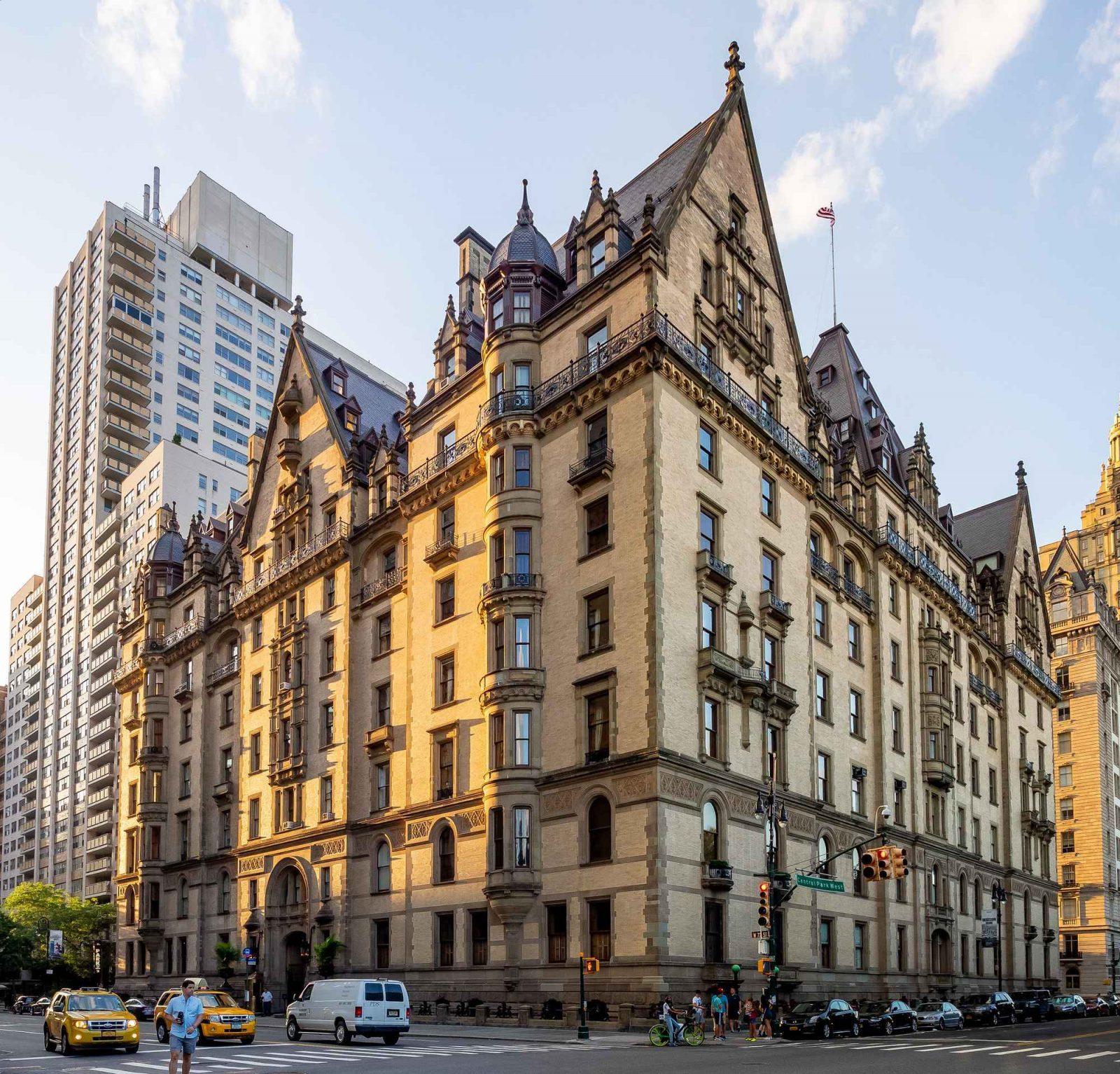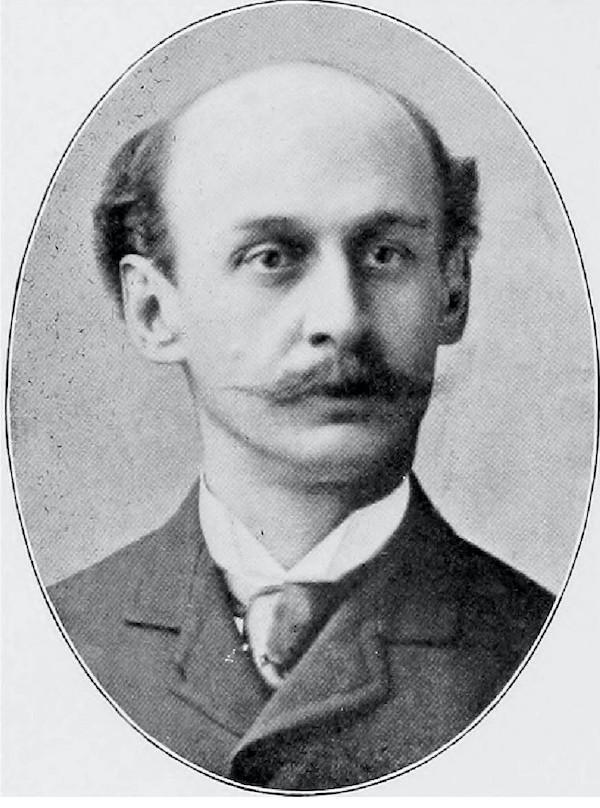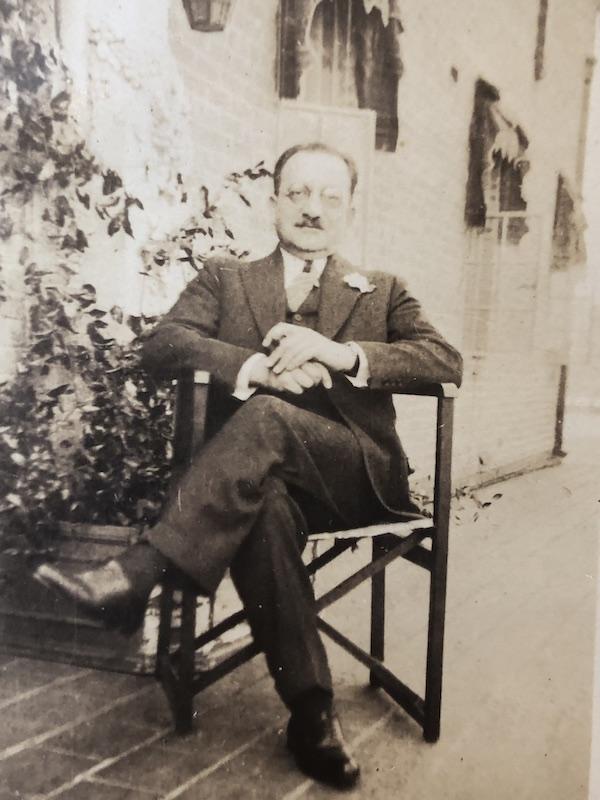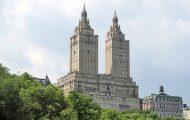
The Dakota, 1 West 72nd Street. Photo by ajay_suresh via Flickr
While the Upper West Side is home to more beautiful buildings than any true local could count, there are a number of builders behind them who stand out in history. Here are three architects responsible for much of the neighborhood’s beauty.
Advertisement
Clarence True
1860 – 1928

Five New Private Houses, West End Avenue And Seventy-Second Street, New York (1892). C/o The NYPL Digital Collections
Clarence True was one of the principal architects to help define the Upper West Side as one of Manhattan’s most sought after neighborhoods. Known for his picturesque style and preference for ground-floor entrances, he specialized in taking classic row houses and redesigning their interiors to make them more spacious.
Row houses of the time were narrow, and True managed to reinvent the concept by giving them a comfortable shape that didn’t feel as constraining. He was also an avid developer and worked on the development of Riverside Drive. Clarence True has left a large legacy that can be seen throughout many streets of the neighborhood. It’s easy to see elements of Elizabethan style in many of the elegant townhouses he designed, and his ideas were truly revolutionary.
Henry Hardenbergh
1847 – 1918

c/o Moses King, New York-author and publisher [public domain]
Henry Hardenbergh was behind some of the most famous buildings in NYC, including the iconic Dakota, the Plaza Hotel, and the original Waldorf-Astoria. The Dakota is an architectural masterpiece that was considered the epitome of luxury when it was first built (as it is today). Hardenbergh combined Victorian and Gothic details with a North German Renaissance style to create structures that were innovative and stood out against other more conventional buildings of the time.
The fact that The Dakota is a designated landmark and remains one of the most prestigious buildings in Manhattan speaks to his immense talent and originality. It’s difficult to imagine a time when the Upper West Side was a mostly empty stretch of land. The neighborhood’s transformation is in part credited to Hardenbergh, and his buildings have stood the test of time thanks to his “built for long-term use, not short-term profit” mentality.
Advertisement
Emery Roth
1871 – 1948

Emery Roth was renowned for incorporating Art Nouveau and Art Deco styles on the Upper West Side, and for designing many iconic New York City hotels. Roth enjoyed a long and successful career that took him on an expansive tour covering some of today’s most coveted streets such as Central Park West.
Roth was a daring visionary who converted classic designs into modern high-rises which can be observed from afar as spectacular works of art. Some of his best creations are fashionable prewar buildings like the Beresford, the San Remo, and the Oliver Cromwell. Emery Roth was ahead of his time and helped place the Upper West Side on the map by creating a dramatic skyline with his impressive collection of emblematic buildings.
[wpdreams_rpp id=0]



